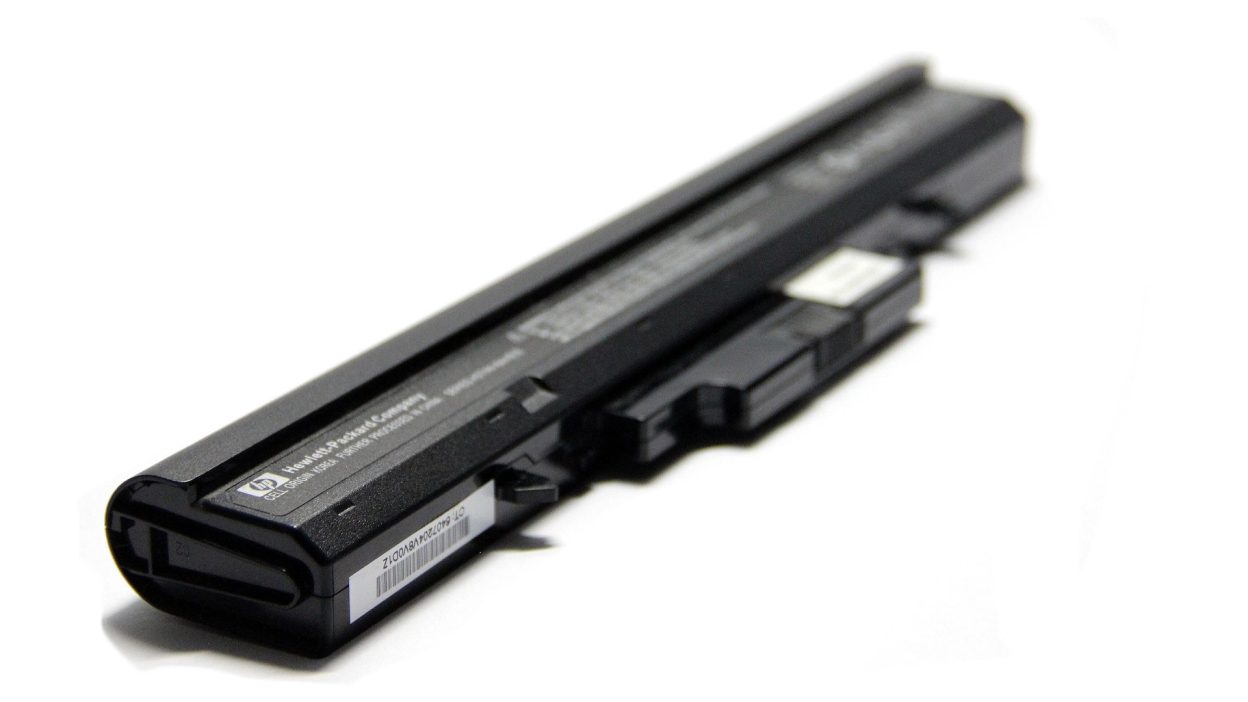Prolong battery performance and enhance productivity
Imagine working on an important project when, out of nowhere, your laptop battery dies. It’s frustrating, right? Whether you’re at home, in a café, or travelling, extending your laptop’s battery life is a must. With a few simple tweaks and habits, you can prolong battery performance and enhance productivity. Let’s dive into the best strategies to ensure your laptop stays powered longer.
Smart Tips to Extend Your Laptop Battery Life
Optimise Power Settings
Adjusting your laptop’s power settings is the quickest way to reduce battery drain. On a Mac, enable Energy Saver, and on Windows, activate Power Saver mode. These modes manage your device’s performance by dimming the screen and limiting background processes when inactive.
Dim Your Screen Brightness
Your laptop screen is one of the biggest battery consumers. Reducing the brightness to the lowest level comfortable for your eyes can add up to 30 minutes of extra usage. Use the brightness control on your keyboard (typically the F keys) to make quick adjustments.
Choose a Darker Background
Bright, vibrant wallpapers may look beautiful, but they come at a cost. Opt for a dark or solid colour background to minimise energy consumption. Additionally, turn off the screensaver—it’s unnecessary and drains battery life.
Shut Down or Hibernate at Night
Instead of just closing your laptop’s lid, power it off completely or switch to hibernate mode. Unlike sleep mode, which still drains battery power, hibernation saves your session and shuts down your system entirely, conserving energy until your next use.
Declutter Your Laptop
A cluttered hard drive not only slows down your laptop but also drains more power. Regularly delete junk files, clear cache, and uninstall unused apps. A streamlined system operates more efficiently, giving your battery a much-needed boost.
Unplug Unnecessary Peripherals
External devices like USB sticks, external hard drives, webcams, and wireless mice draw power from your laptop, even when idle. Disconnect them when not in use, and if your laptop has a keyboard backlight, turn it off unless absolutely necessary.
Turn Off Wi-Fi and Bluetooth
If you’re not using the internet or connecting to a device, disable Wi-Fi and Bluetooth. These functions constantly search for connections, which consumes unnecessary power. Switching them off can significantly extend your battery life.
Manage Background Applications
Check which apps are running in the background. On Windows, search “battery usage by app”, and on Mac, go to Login Items under System Preferences. Disable or close any apps that aren’t actively being used to prevent them from draining power.
Charge Smartly
Avoid keeping your laptop plugged in all the time, as it can reduce your battery’s lifespan. Aim to keep the charge between 50% and 80%, as this range is optimal for maintaining long-term battery health. Also, plug it in before it drops below 20% to avoid straining the battery.
Keep Your Laptop Cool
Overheating reduces battery efficiency. Always ensure that your laptop has access to fresh air through its vents. Avoid working with it on soft surfaces like your bed, which can block airflow. Clean the fans and vents regularly to prevent dust buildup that could lead to overheating.
Disable Auto Updates and Notifications
Applications and operating systems often update in the background, which consumes significant energy. Schedule updates for when your laptop is plugged in. Similarly, disable notifications for emails and apps to prevent constant background activity.
Upgrade Your Hardware
If your laptop still uses an HDD (hard disk drive), consider switching to an SSD (solid-state drive). SSDs use flash memory, which is faster and more energy-efficient. This upgrade can significantly extend your laptop’s performance and battery life.
Monitor Battery Health Regularly check your battery’s health. On Mac, use the System Information app, and on Windows, run a battery report through Command Prompt. If you see a message like “Replace Now” or “Service Battery,” it’s time to get a new one.




